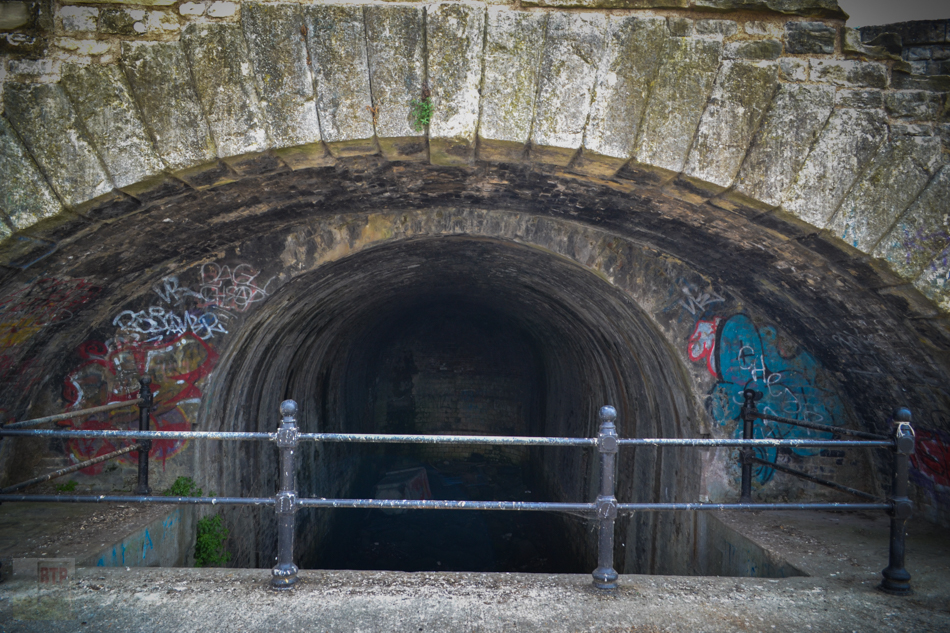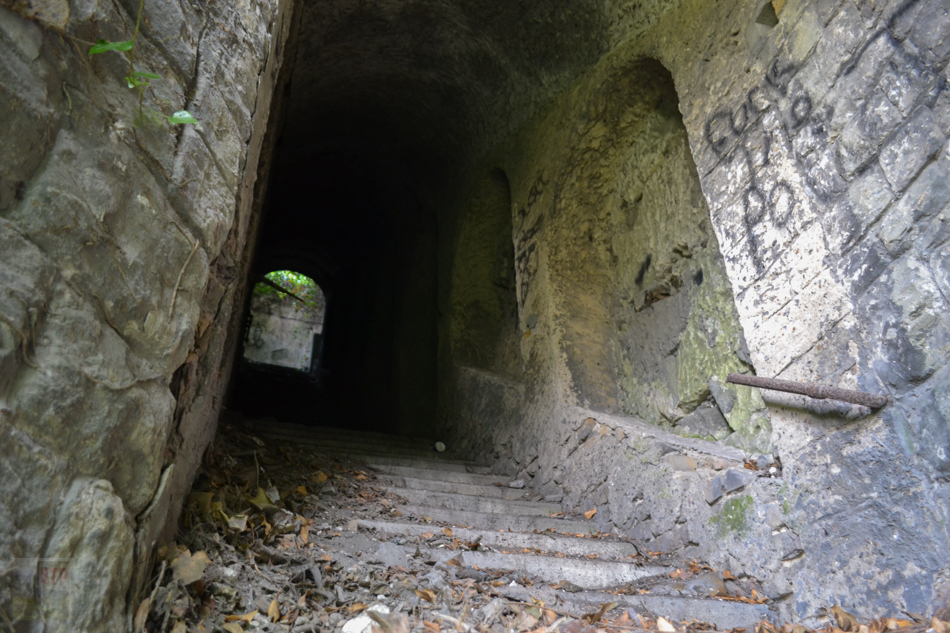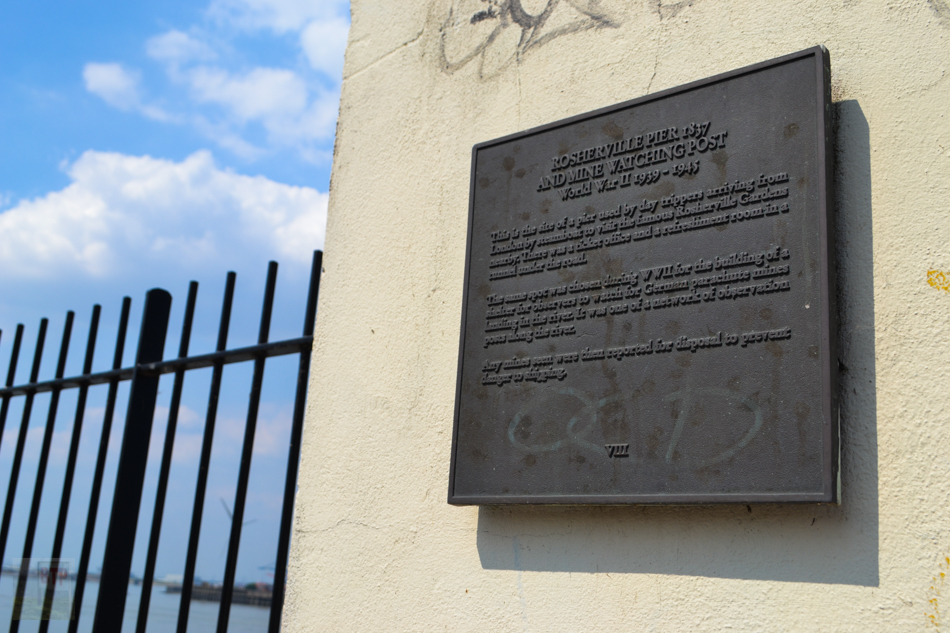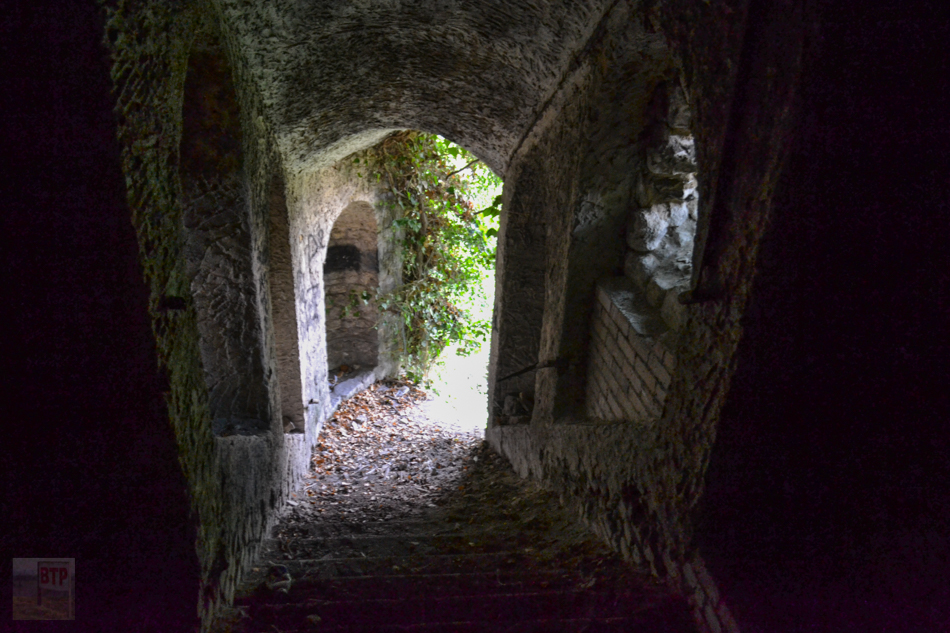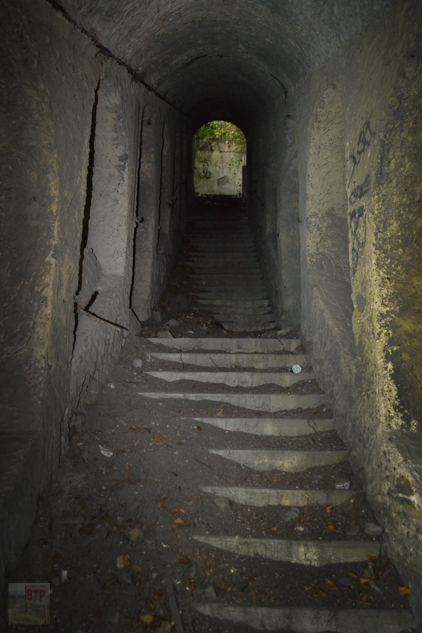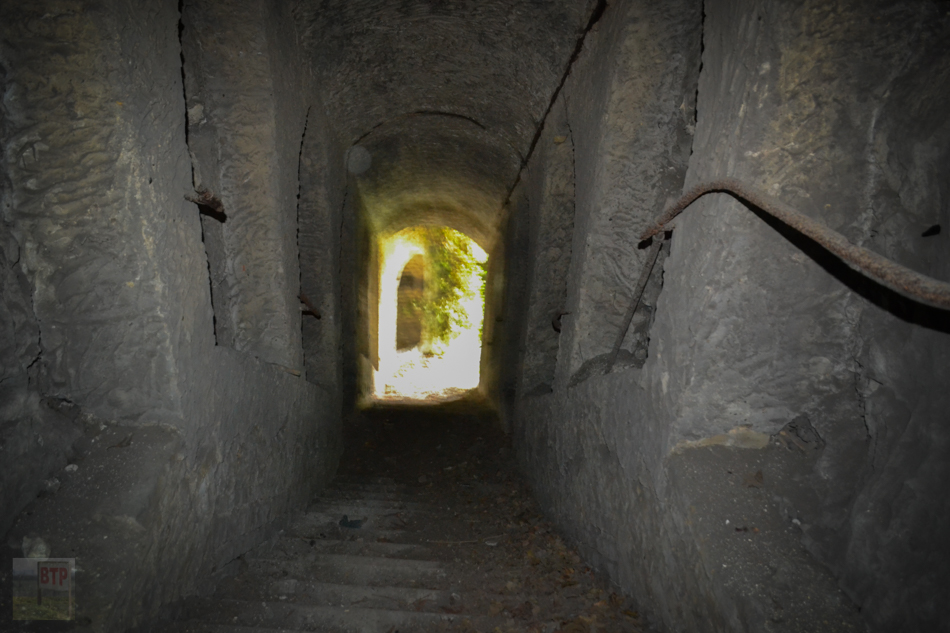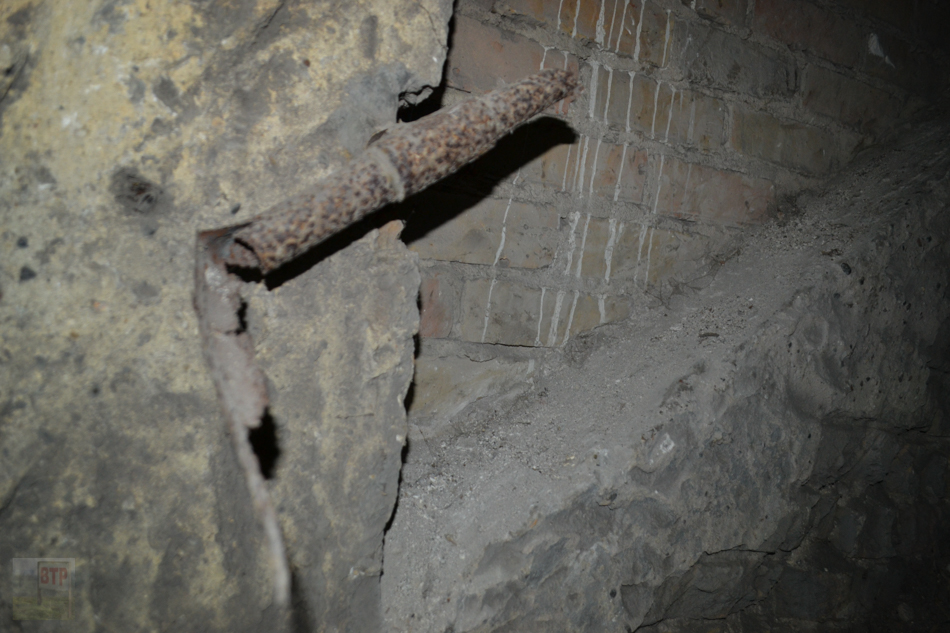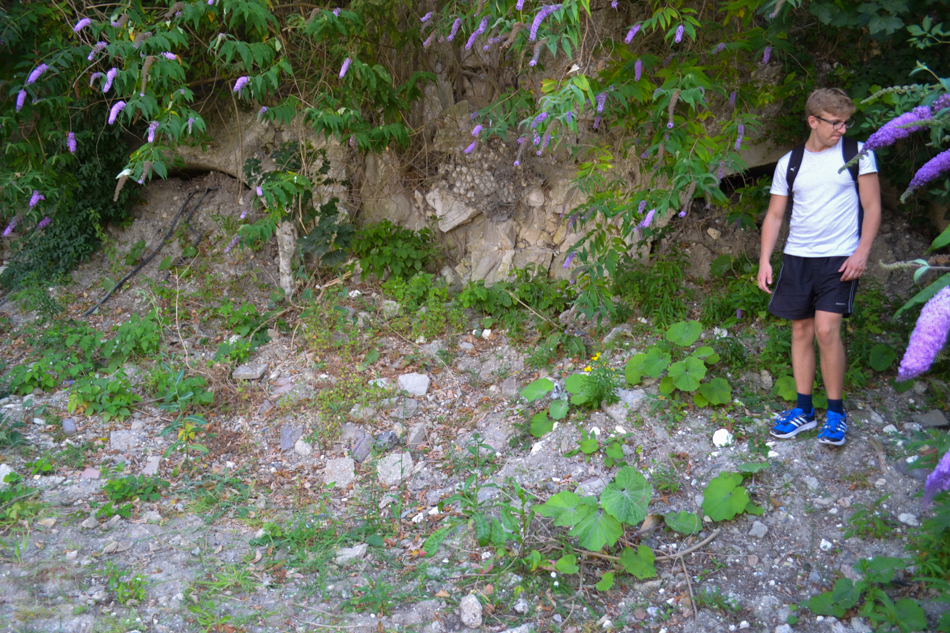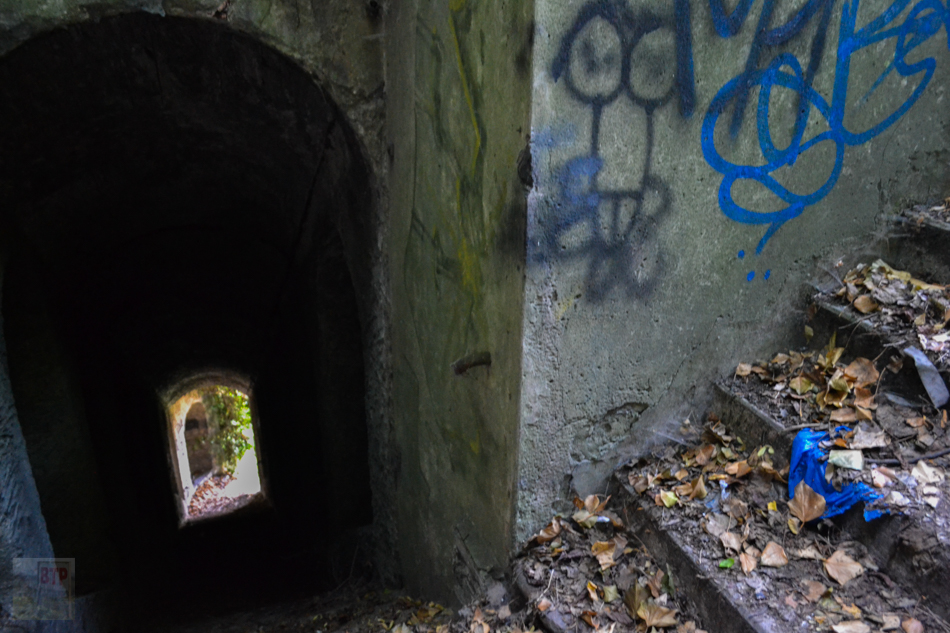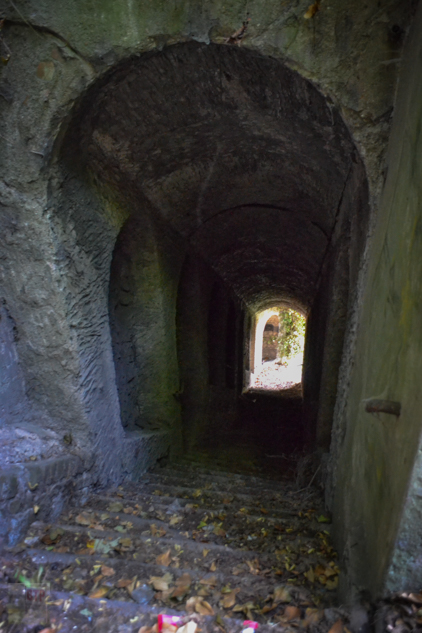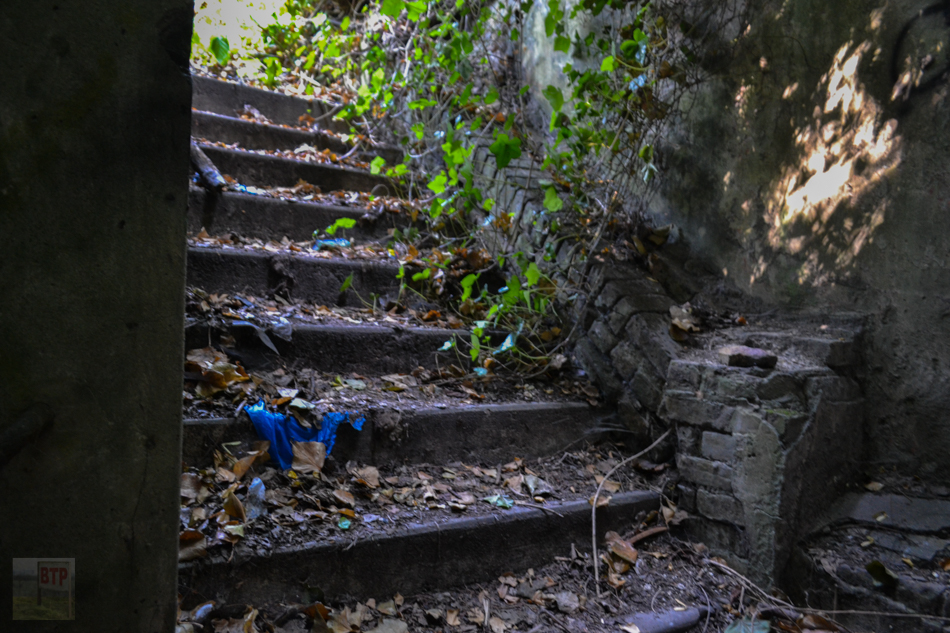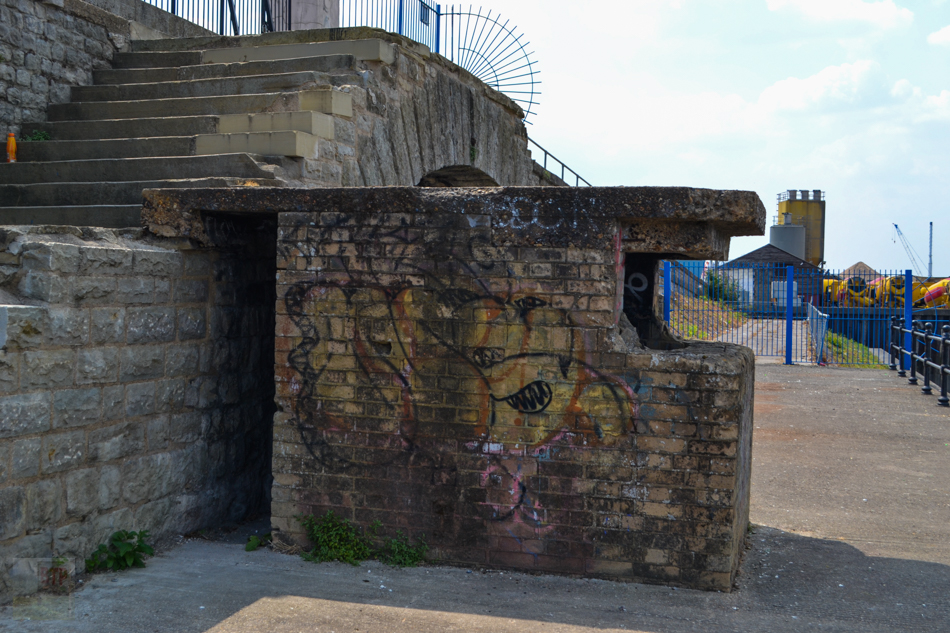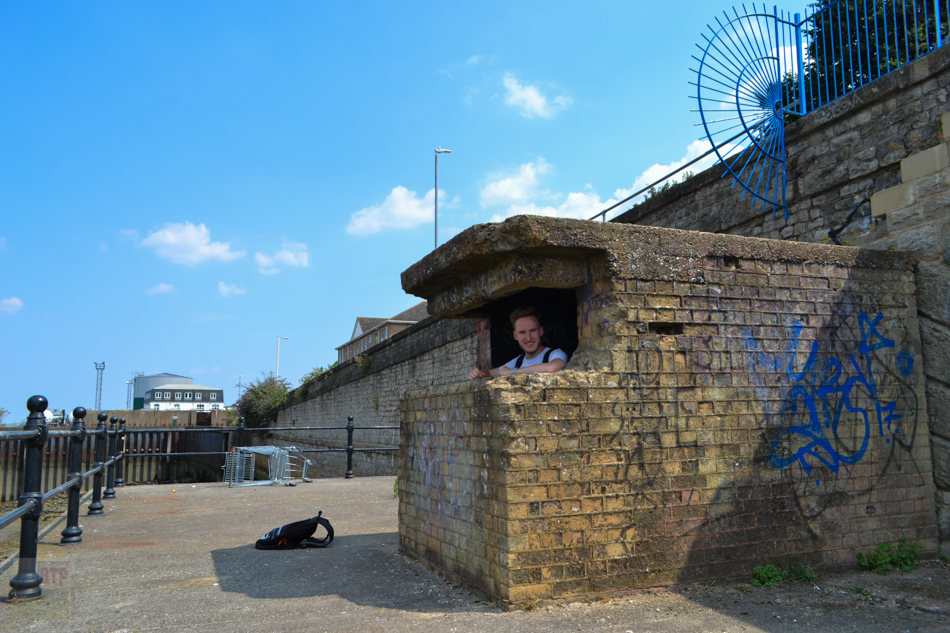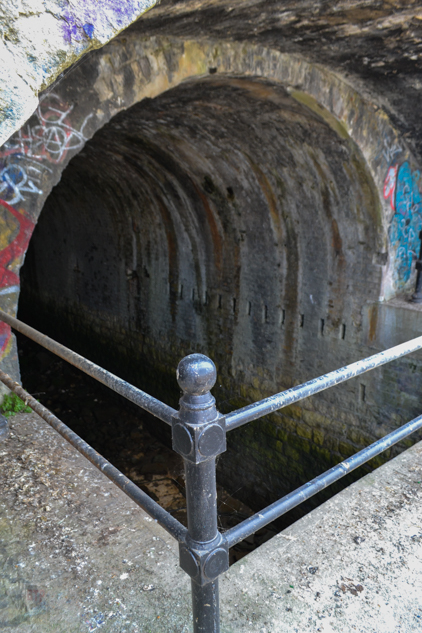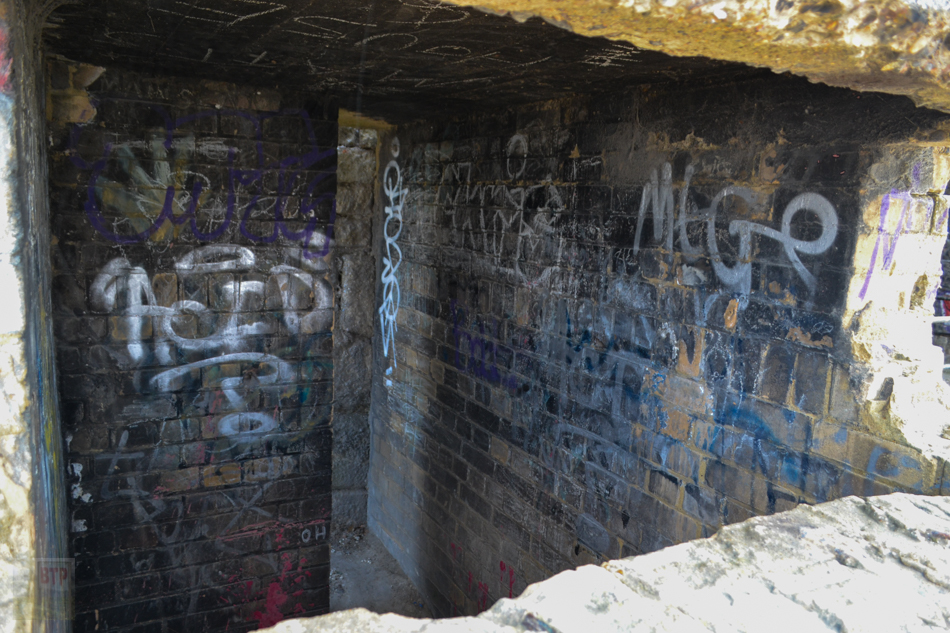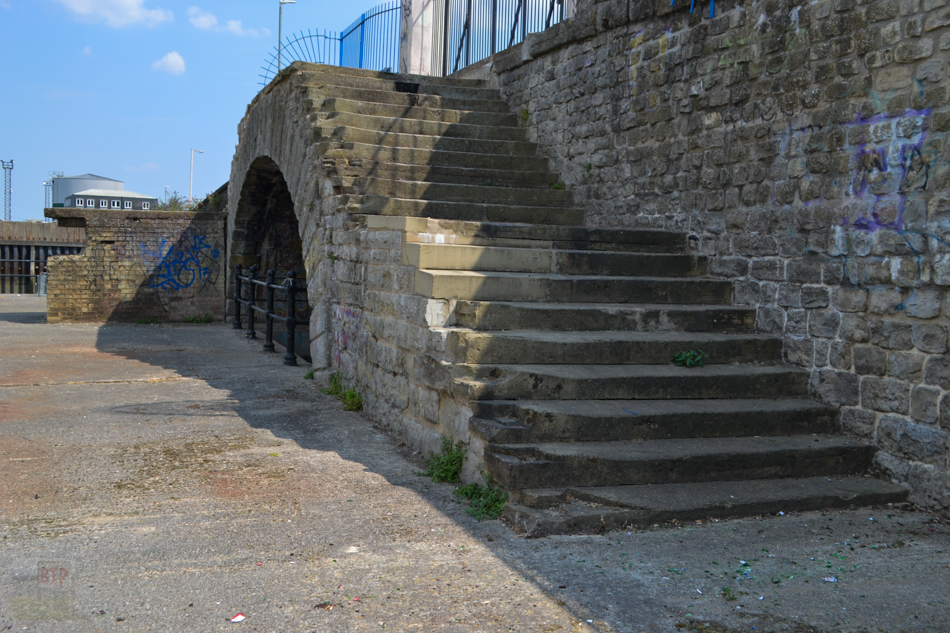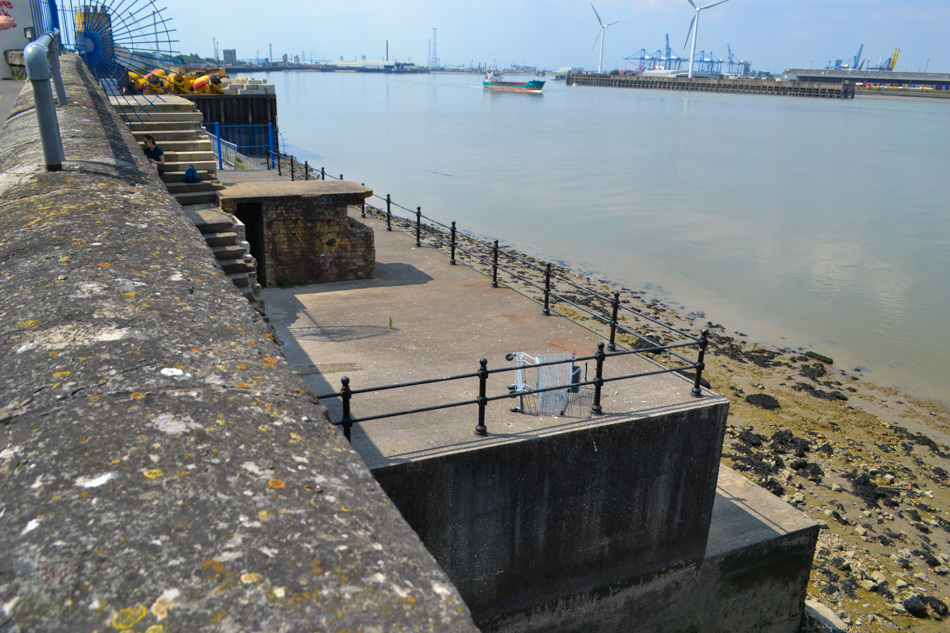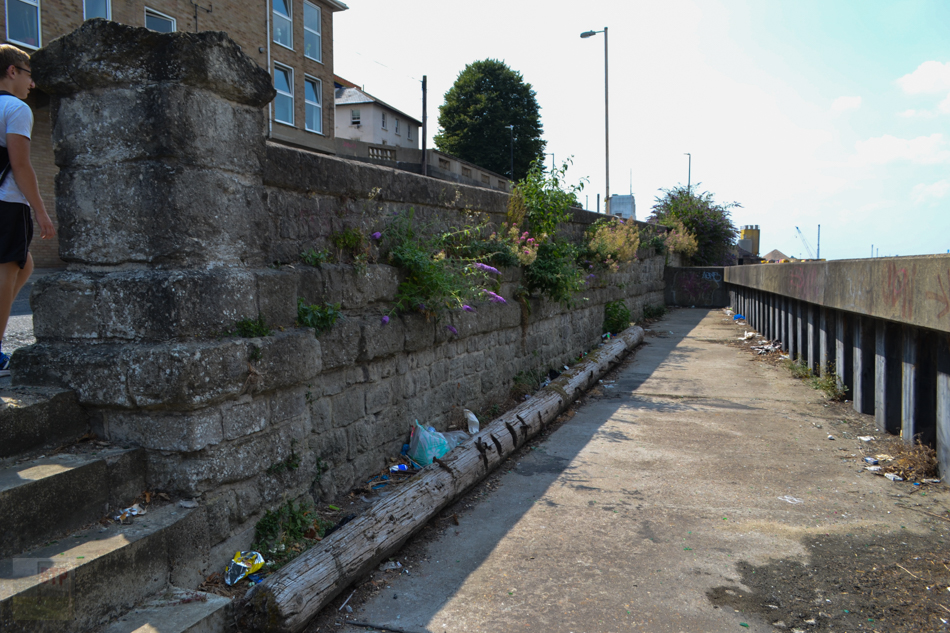What was Rosherville Gardens?
The far western section of Gravesend on the River Thames is known as Northfleet. Whilst today this lies as an industrial wasteland, it was once the site of an extravagant pleasure garden set at the foot of the cliffs of a disused chalk pit during the nineteenth century. Tourists would travel to Gravesend from London via steamboat, but when railways became widespread after the mid-1800s, people began travelling to seaside resorts further out; such as Southend or Margate, and the gardens closed. The gardens were first lain in 1837 under the eye of London businessman George Jones. The gardens were entitled ‘Kent Zoological and Botanical Gardens Institution’. Rosherville was a new town emerging in 1830 alongside Gravesend’s increasing popularity with tourists. In 1878, the Princess Alice steamboat collided with another vessel close to Woolwhich after leaving Rosherville pier, causing the deaths of 640 people of which 240 were children. By 1880s, the gardens peaked in their populariy. In 1886, Gravesend West railway station opened nearby although it was too late to save the popularity of the area amongst tourists who were willing to travel further. The pier of Gravesend West station still partially survives – see our photographs. The gardens closed in 1901, only to be revived briefly from 1903 to 1911 for film-making. You can see a great model representation of the gardens here: https://www.youtube.com/watch?v=uaKiuR5oi8M&t=88s
W. T. Henley at the site
In 1859, electrical supply and cable company W. T. Henley established cable works in Northfleet, upgrading to a bigger site in 1906. In the 1930s, a large art-deco headquarters building was constructed along with other structures on the eastern side of the Rosherville Gardens site. In light of the Second World War, a large tunnel complex of air raid shelters was built to the rear of the site into the chalk cliffs. These remain today, although unfortunately their massive concrete and steel entrances were sealed with dirt before we managed to take a look inside. Plenty of great photographs and videos can be found online for those interested.
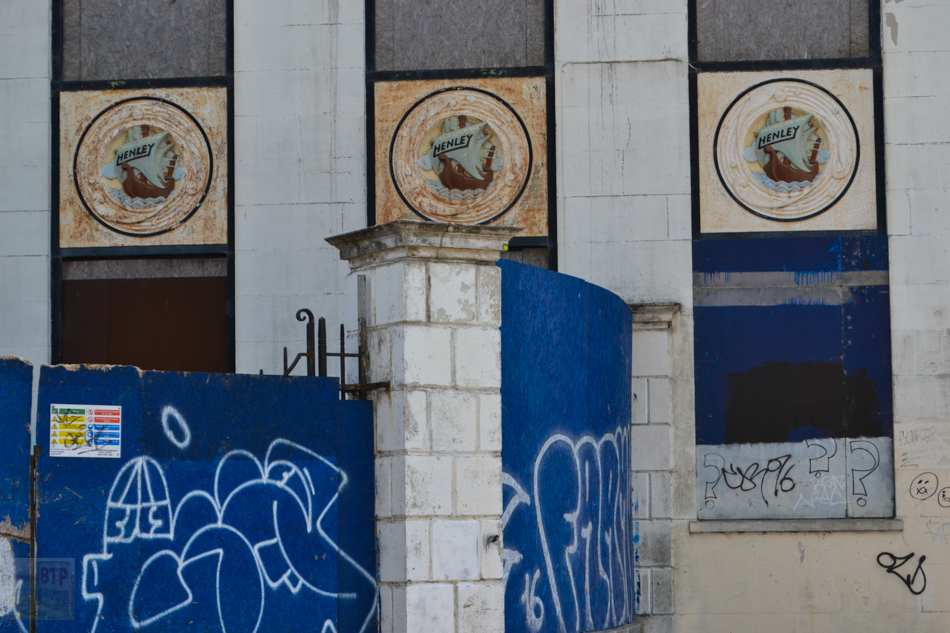
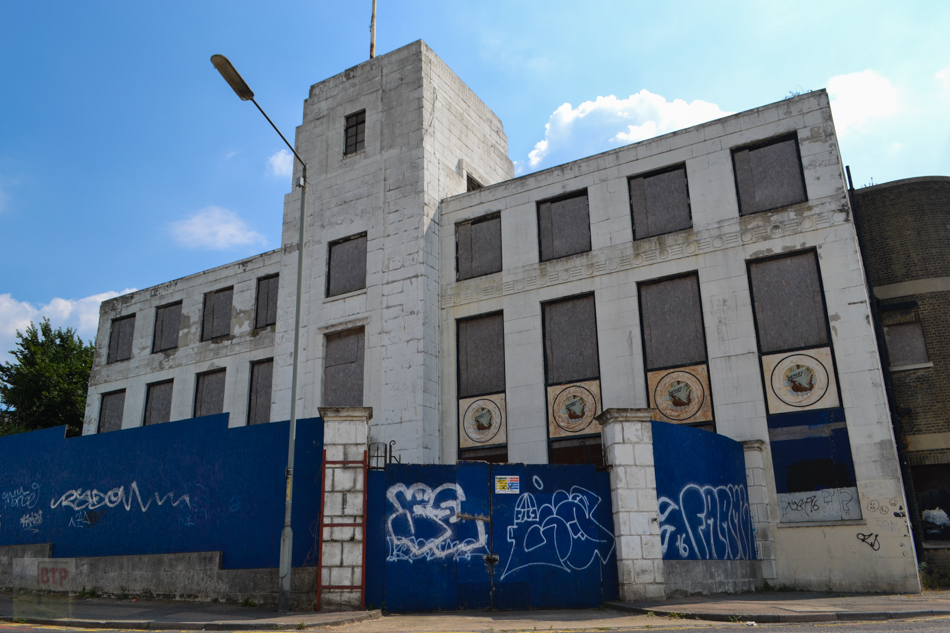
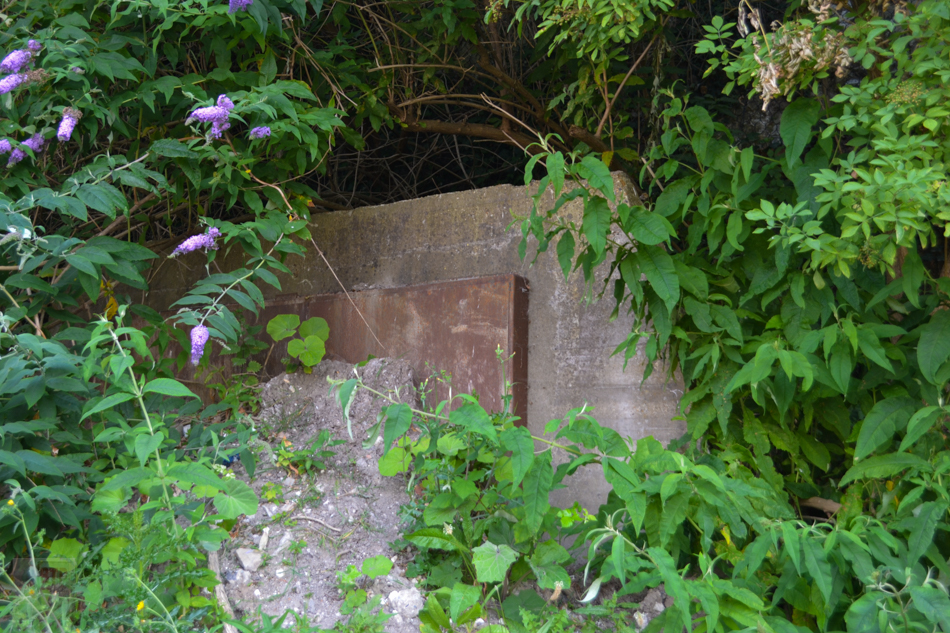
What remains of the gardens today?
Whilst the Rosherville Gardens site has changed dramatically since its inception, a few traces of its splendid past survive amongst the dystopian industrial landscape of Northfleet. In the cliffs close to the W. T. Henley air raid shelters is a Grade II-listed clifftop entrance and tunnelled stairway which would have connected Rosherville ontop to the gardens below. The arched stucco-effect tunnelway has the appearance of something from Alice in Wonderland! Some of the original handrails survive although heavily corroded. Underneath the earth piled over the W. T. Henley workshop site is an original bear pit and Italian Garden central feature. There is also a hermit cave in a chalk grotto – I’m not sure if this exists above ground today or is buried, although it could be two archways we found embedded into the base of the cliff. By the Thameside is also a draw-dock and quay which served as the river entrance to the gardens, complete with a massive ‘enigmatic cavern’ where shops and ticket offices were based for arriving visitors. On this dock site is also a Second World War mine-watching post to observe parachute mines dropped from German planes down the Thames. All these structures are listed, and efforts are going into the unearthing and preservation of the hidden Rosherville remains.
Sources:
https://en.wikipedia.org/wiki/Rosherville_Gardens
Thanks to the Phoenix History’s YouTube videos which showed us the remains of Rosherville Gardens:

